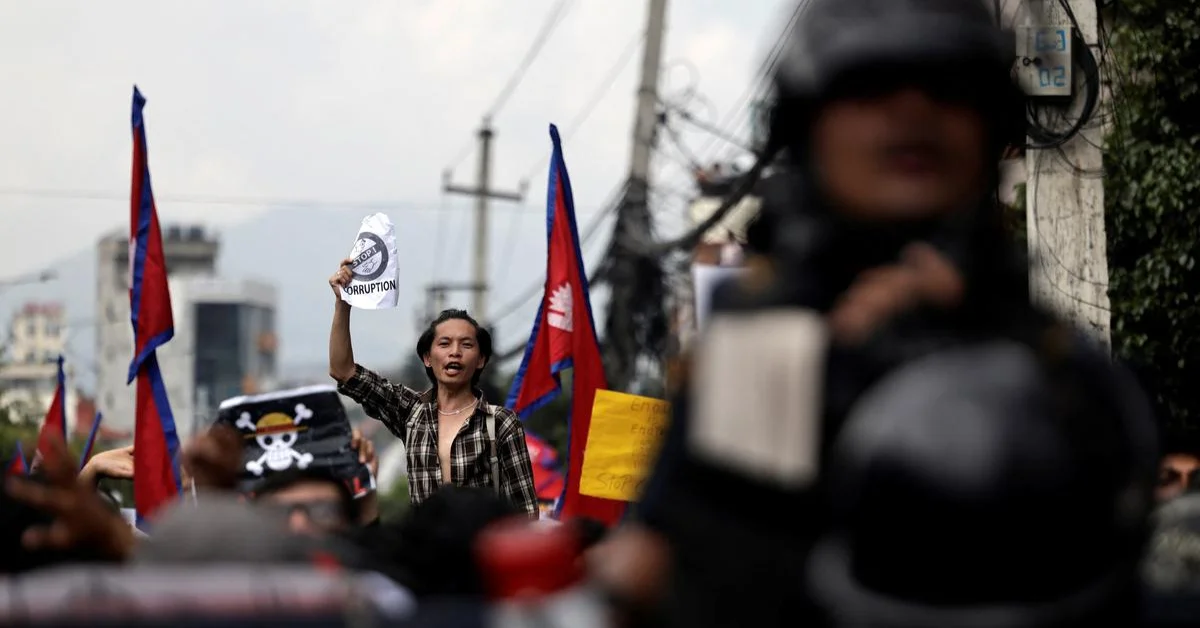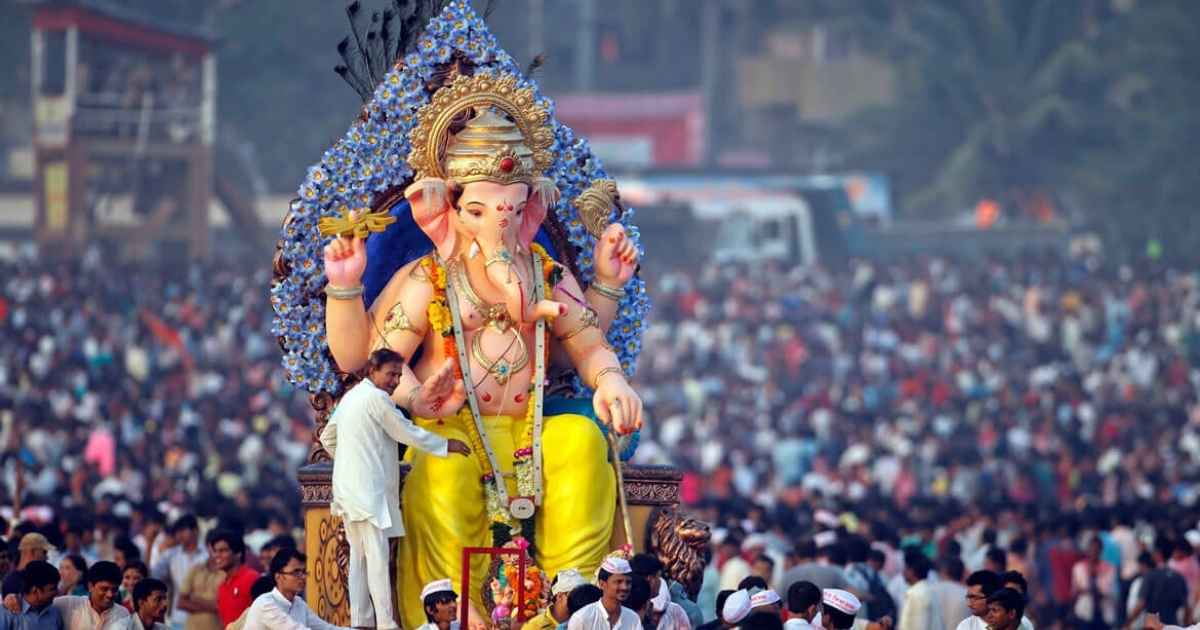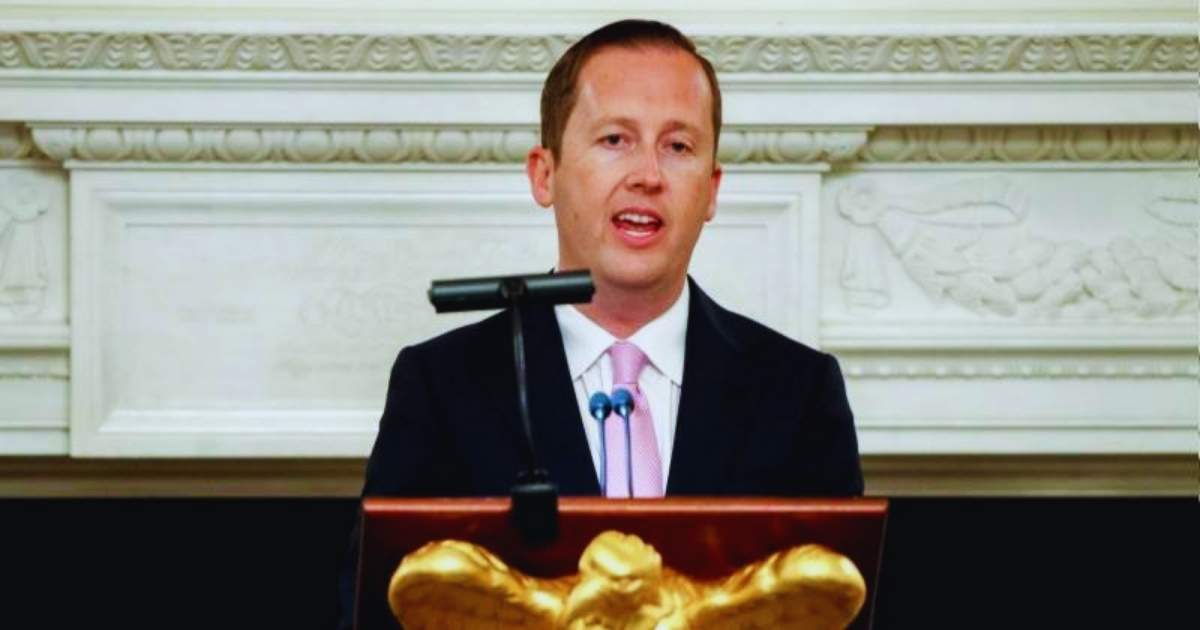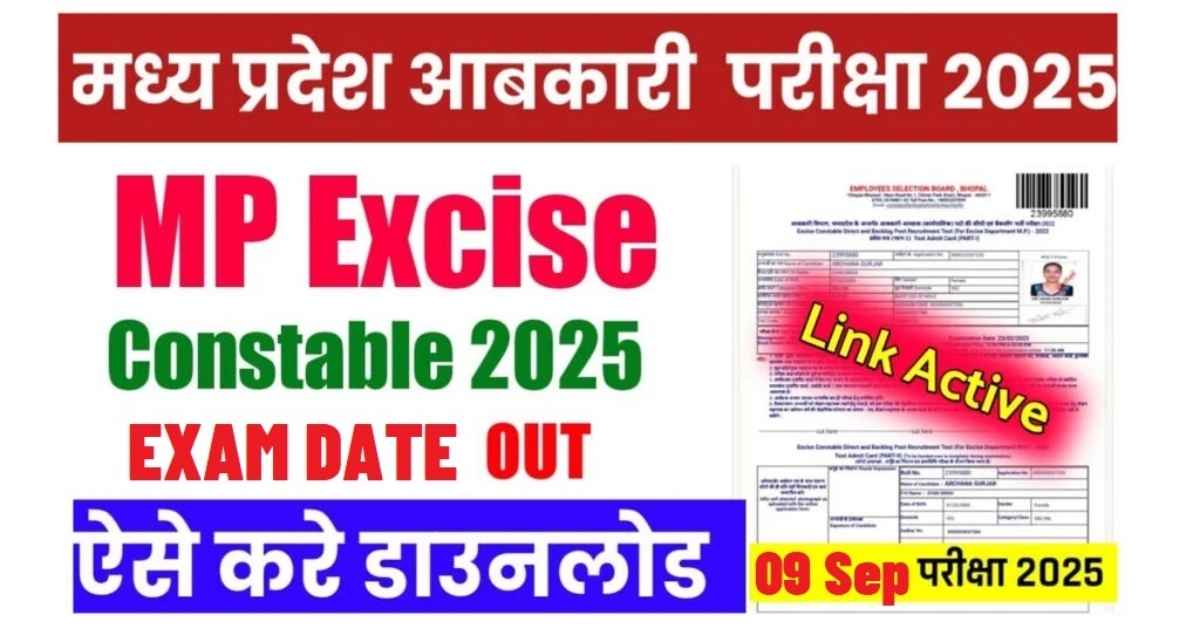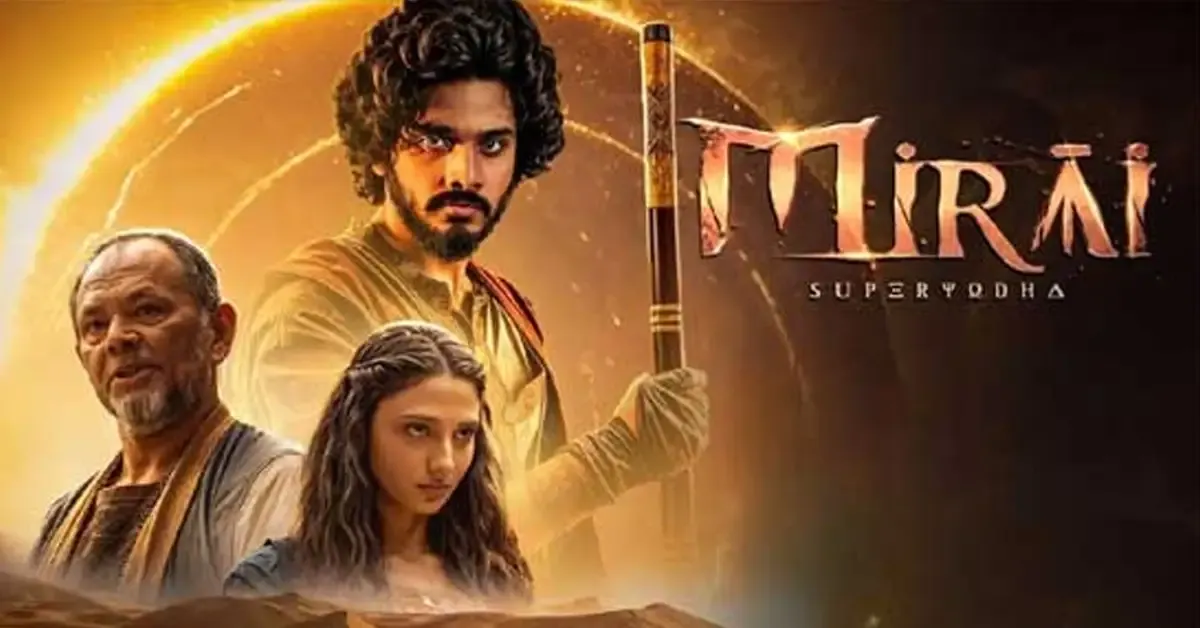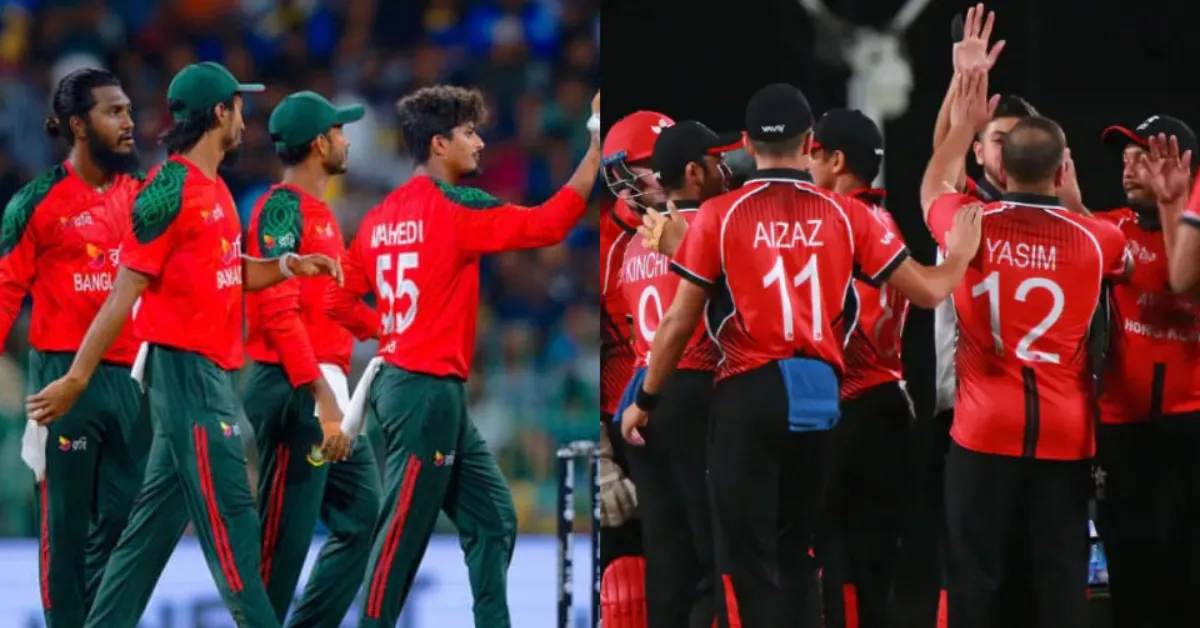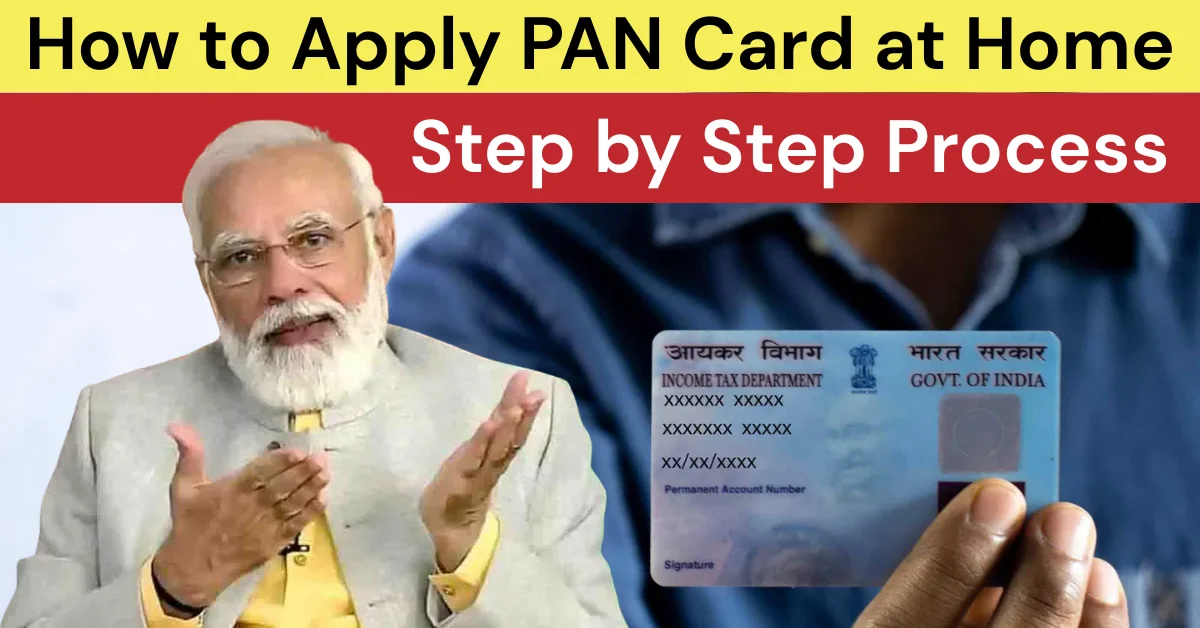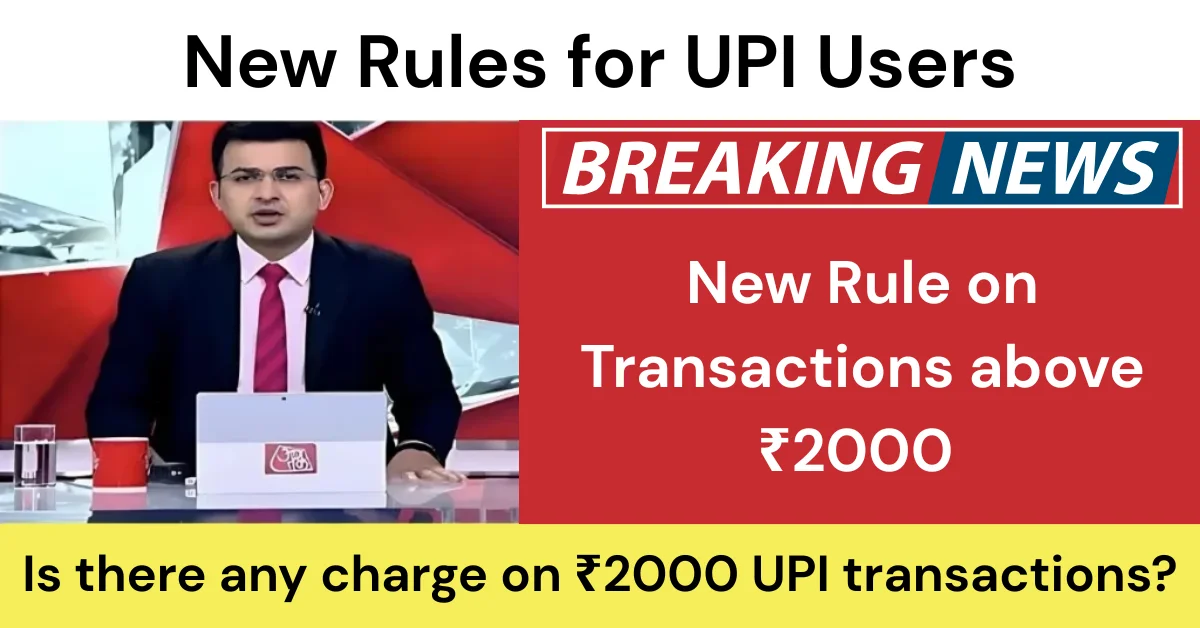A young demonstrator shouts slogans during the Nepal Gen Z protest against corruption and the government’s decision to block popular social media platforms, in Kathmandu, on September 8, 2025
Table of Contents
At least six people lost their lives on Monday (September 8, 2025) after security forces opened fire on crowds during the Nepal Gen Z protest in Kathmandu. The demonstrations, led mostly by young people, erupted against rising corruption and the government’s sudden decision to impose a ban on social media platforms like Facebook, Instagram, WhatsApp, and X.
Hospitals across the city reported dozens of injuries, with witnesses saying emergency wards were flooded with wounded protesters. Doctors confirmed that four people died at the National Trauma Centre, while two others passed away at Civil Hospital.
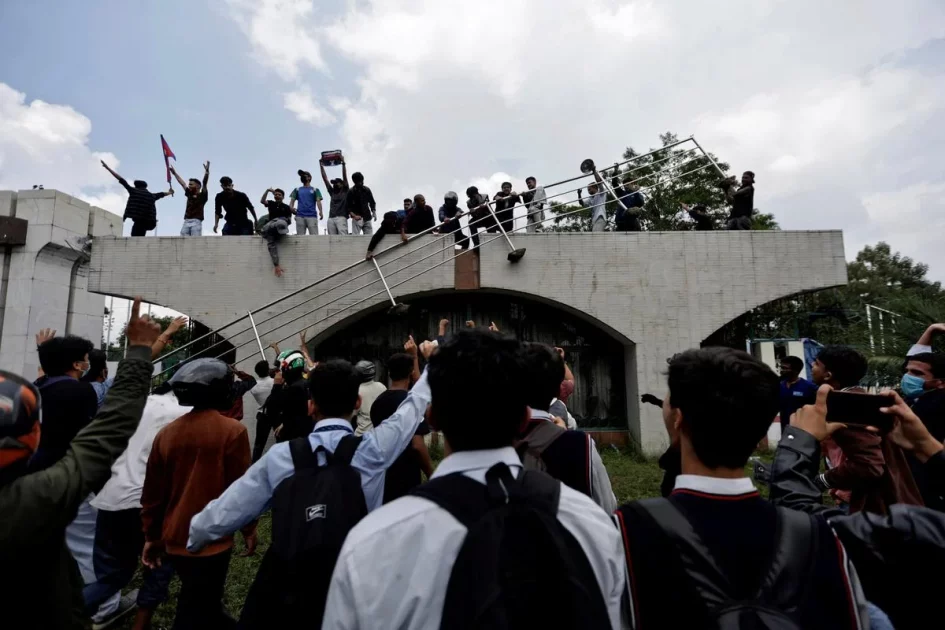
Nepal Gen Z Protest Gains Momentum
The Nepal Gen Z protest quickly spread beyond Kathmandu. Tens of thousands of young demonstrators filled the streets of Pokhara, Dharan, Butwal, Ghorahi, and other major cities. Carrying banners and chanting in unison, they shouted, “We are the movement. We will fight against corruption.”
By afternoon, the protests escalated as large crowds marched towards Nepal’s federal parliament building in New Baneshwor. Despite heavy barricades and police presence, protesters managed to break through and enter the restricted premises. They raised slogans against Prime Minister K.P. Sharma Oli and demanded his resignation.
Read More: PAN Card Apply at Home: How to Apply Online and Get Your PAN in 5 Minutes
Curfew Imposed in Kathmandu
To control the unrest, the Kathmandu District Administration Office declared a curfew from 1 p.m. to 10 p.m. in key areas. This included Baneshwor, the President’s residence at Shital Niwas, the Prime Minister’s residence in Baluwatar, and the Singha Durbar government complex.
Officials said all public gatherings, demonstrations, or movements in these areas were strictly prohibited. Police spokesman Shekhar Khanal told reporters that tear gas, water cannons, and rubber bullets were used after protesters stormed restricted zones. “Many on both sides are injured,” he said.
Read More: Senior Citizen Pension Update: Every Month ₹20,000 Pension for Elderly, Know How to Apply
Social Media Ban Sparks Anger
The root cause of the Nepal Gen Z protest was the government’s controversial ban on more than two dozen social media platforms, announced on September 5, 2025. Authorities argued that companies failed to comply with new registration rules, but critics say the move was an attempt to silence dissent.
For Nepal’s younger generation, who rely heavily on social media for both expression and income, the ban felt like a direct attack on their freedoms. Many students, content creators, and digital workers now fear losing their livelihoods overnight.
Read More: Amazon Great Indian Festival 2025 Sale Coming Soon, Prime Members To Get Early Access
Frustration Among Nepal’s Youth
Successive governments in Nepal have promised development, yet unemployment remains high. Thousands of young Nepalis migrate to Gulf countries or Malaysia for low-paying jobs, while many others leave for education in Europe, Australia, or the United States.
For those who stayed, social media had become a tool for creativity, activism, and financial support. The sudden ban has triggered not only frustration but also deep insecurity. Protesters argue that politicians live in luxury while ordinary citizens struggle. Many voiced anger over how corrupt leaders send their children abroad with public money while local youth are told to sacrifice.
Read More: RBI Minimum Balance Bank New Rule: How Much Balance You Need to Maintain in Your Account
A Leaderless but United Movement
Interestingly, the Nepal Gen Z protest is not linked to any political party. Demonstrators described it as a spontaneous uprising fueled by anger over corruption, censorship, and nepotism. Young people used VPNs and alternative apps to coordinate the protest despite the ban.
Kathmandu Mayor Balendra Shah, who rose to power through online campaigning, openly expressed support. “I cannot participate due to my position, but I extend my full solidarity,” he wrote on Facebook. His statement gave further momentum to the movement.
Read More: Canara Bank Personal Loan: Get ₹50,000 to ₹1 Lakh Instantly in 5 Minutes
Prime Minister Oli’s Response
A day before the protest, Prime Minister Oli dismissed the concerns of Gen Z during a public event. He defended the social media ban as necessary for “national sovereignty” and said he did not care if “two or four people” lost jobs due to it. His remarks only fueled further anger among the youth, who saw the statement as proof of the government’s indifference to their struggles.
What Lies Ahead
The Nepal Gen Z protest has become one of the largest youth-led movements in the country’s recent history. With frustration mounting over corruption, unemployment, and censorship, many believe this uprising is a turning point.
Whether the government chooses dialogue or continues with a hardline approach remains to be seen. But one thing is clear — the younger generation of Nepal has found its voice, and it is unlikely to go silent anytime soon.
